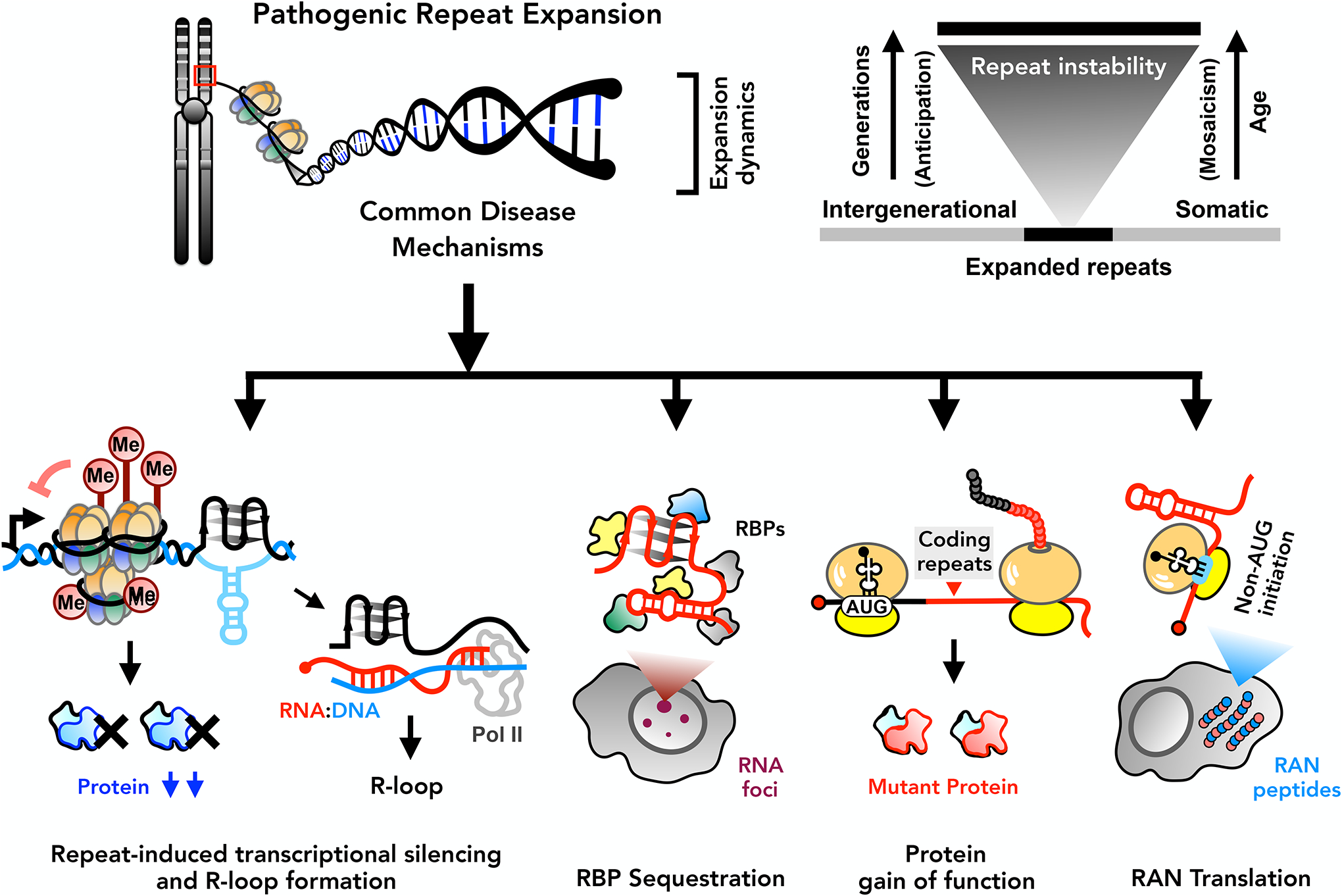Figure 1: Molecular mechanisms driving nucleotide repeat expansion pathogenesis.

Hyper-methylation of promoter regions can lead to transcriptional silencing, resulting in partial or complete loss of the native protein harboring the repeats. In contrast, active transcription through the repeats can trigger formation of R-loops (RNA:DNA hybrids that lead to DNA damage response pathway activation) and potentially exacerbate somatic repeat instability. Transcribed repeat RNAs fold into complex structures, which aberrantly interact with and sequester cellular RNA-binding proteins (RBPs). Trinucleotide repeat expansions in protein-coding sequences generate mutant proteins that elicit gain-of-function toxicity. Finally, the coding and non-coding repeat RNAs are translated in the absence of canonical AUG-mediated initiation through repeat-associated non-AUG (RAN) translation, producing toxic polymeric peptides.
